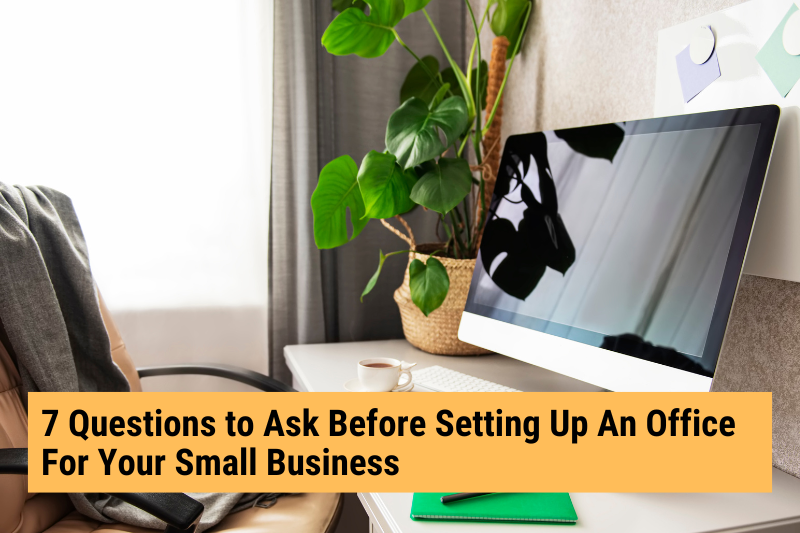1 Challenge
- “I want to start my own company but I’m not sure what kind of digital business model I should adopt.”
2 questions
- “What are 3 proven business models for the digital era and how do they work?”
- “Why should I adopt them?”
3 Ideas
- Drop-shipping
- Profit-sharing
- Subscription-based
Increasing digitisation in the modern world has created multiple opportunities for personal growth and business success. Of the latter, it’s not uncommon to hear stories of business magnates who achieved success with some kind of digital or Internet-based business. Whether it’s cryptocurrencies or eCommerce, promoting products for brands or multi-level marketing – cyberspace has opened up new avenues for setting up a high-performing business and earning money from it.
Nonetheless, business success doesn’t come by fluke, whether the business is brick-and-mortar/offline or digital/online. In addition to strategy, funding, market research and processes, every organisation needs a strong business model. Without it, the company will not make money. And it will definitely not last long in today’s hyper-competitive business landscape.
So which business models actually work in the digital world?
To know more, read on!
Idea1: Drop-shipping
A couple of decades ago, if you wanted to start a business selling something, you would have to acquire a certain set of skills to understand the product and maybe make it yourself. You would have to open a factory or shop, manufacture the product and then start selling to people, either by yourself or by hiring salespeople.
You can still do this today of course, but thanks to technology, a lot of businesses have moved online. eCommerce has transformed entrepreneurship, and made it possible for small businesses and even individuals to reach a larger market for their products. Even two decades ago, this would not have been possible.
The key factor behind the growth of eCommerce is of course drop–shopping – our first business model for the digital age.
With drop-shopping, you can build your own online “store” without worrying about things that are usually extremely challenging in the offline world — maintaining an inventory, building a warehouse, creating a physical supply chain to take and deliver orders, etc.
How the drop-shipping business model works
Drop-shipping is a fulfilment method where a store doesn’t stock the products it sells but purchases them from a third party and then ships them directly to the customer. As a result, the seller doesn’t have to handle the product directly. He also doesn’t have to stock or own inventory. Instead, he purchases inventory as needed from a wholesaler or manufacturer and fulfils orders as they come in.
Why you should consider the drop-shipping business model
Giants like Amazon and Shopify rely on drop-shipping to realise their business strategies. So if you want to build your business empire by selling products online, consider adopting the drop-shipping model.
Idea2: Profit-sharing
The concept of “profit-sharing” has been around for decades, but it has really taken off in the digital era. In fact, clever entrepreneurs have created a completely unique business model consisting of profit-sharing and digital “gift cards”. For example, you can create an eCommerce platform that converts the advertising budget of global brands into points for users. The latter can then use these points in lieu of actual money to pay for their online shopping at other eCommerce websites. In this way, the company shares a majority of its profits with its shopper community in the form of credits (points), and still keeps a healthy amount for itself.
How the profit-sharing business model works
Profit-sharing is the distribution of the total amount of profits generated by the sale of goods or services between different stakeholders or contributors. In addition to the gift card idea above, another way to implement this model is via content. Video content for example underpins the profit-sharing business model of YouTube, Vimeo, etc. On these sites, users create and upload video content. Any profits generated by users watching and engaging with these videos are shared between the video hosting platform and the content creator. The same model can be implemented for other types of content as well, including graphics, photos, digital designs, and more.
Why you should consider the profit-sharing business model
Content is and always will be one of the most popular products that digital natives constantly seek. If you can identify the kind of in-demand content that’s most likely to generate profits, and find a way to share this content fairly and securely, there’s money to be made from this business model.
Idea3: Subscription-based
Netflix, Spotify, Harvard Business Review … what do these successful companies have in common?
They all charge customers a subscription fee to get access to their content or services. In other words, they rely on the subscription-based business model.
With the growth of the Internet and related services, people appreciate having easy access to world-class content for a low monthly subscription fee. Whether it’s magazines or movies, videos or music, the subscription economy is definitely booming.
How the subscription-based business model works
In simplest terms, a subscription business model is based on the idea of selling a product or service to receive monthly or yearly recurring subscription revenue. In this model, a single customer pays multiple payments for prolonged access to a good or service. It usually focuses on customer retention rather than customer acquisition.
Why you should consider the profit-sharing business model
Subscriptions are generally renewed and activated automatically with a pre-authorised credit card or online banking account. The biggest benefit of this business model is recurring revenue. Moreover, it also helps create strong customer relationships.
Key takeaway
It’s not always easy to adapt to the changing technological landscape and set up a successful business within it. In the digital era, finding a business model that works requires even more effort. However, it’s doable and even desirable. Consider any one of these business models, and your digital company could soon be on the road to success.
Did you like this post? Would you like create such powerful content for your brand? Cynergi can help! From websites and blogs to newsletters and social media – we can create content to grow your brand’s presence and establish your thought leadership in your industry! Contact us today!!












0 Comments